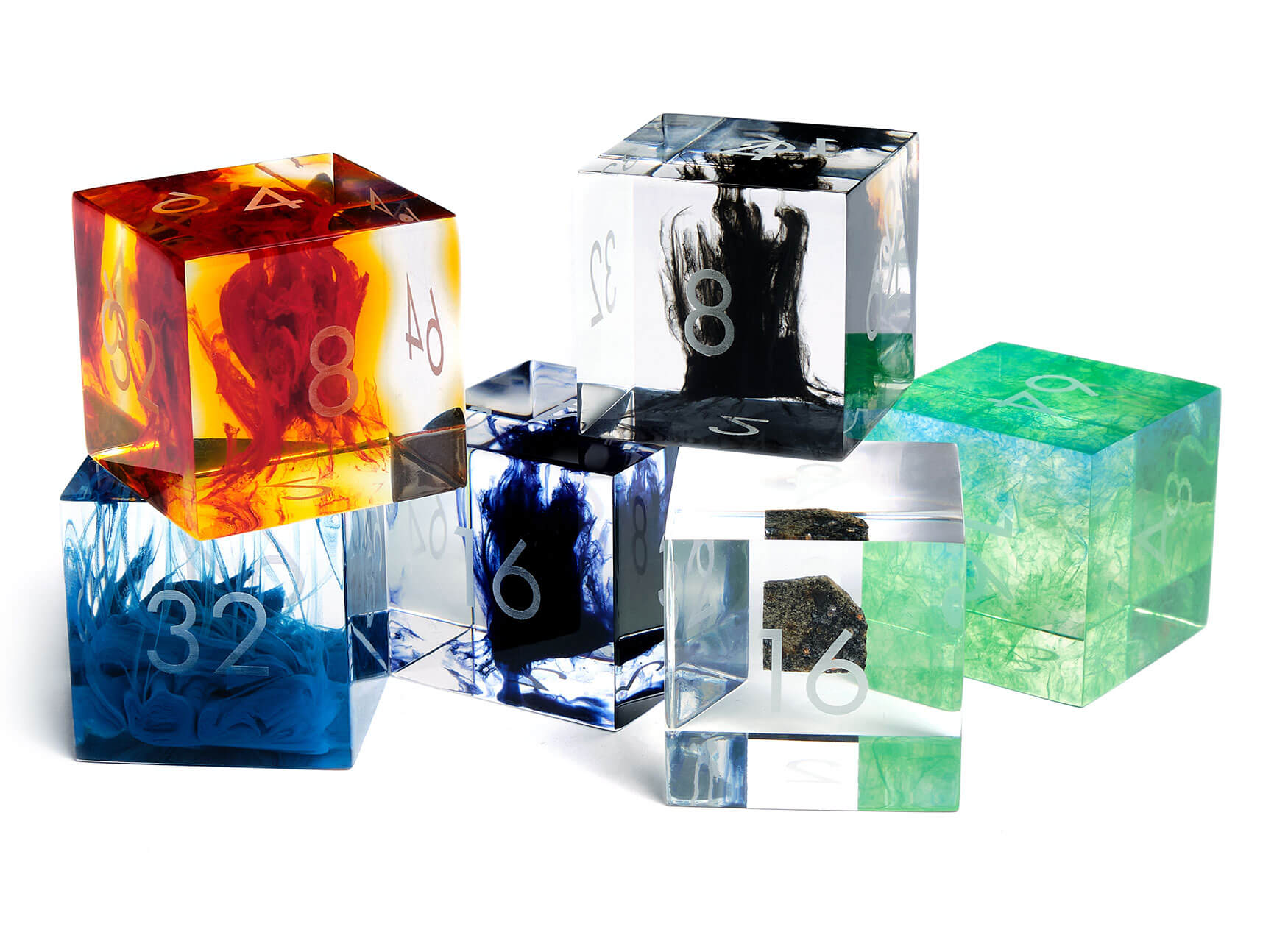Backgammon is a thrilling blend of luck and skill, which makes it an especially exciting game to gamble on. Many players like to place bets on winning, even if it is with matchsticks or toothpicks, and the doubling cube was introduced in the 1920s to raise the stakes. If there is a wager involved, the doubling cube is at the very heart of the game.
The basics
Each game starts at a stake of 1 point. During the course of the game, a player who feels he or she has an advantage can double the stakes by turning the doubling cube to the next appropriate value. Each face of the cube bears a number to record progressive doubles and redoubles, starting with 2, followed by 4, 8, 16, 32 and 64, with the winner of each game receiving the value of the game multiplied by the final value of the doubling cube.
At the start of play, the doubling cube sits to the side of the board, between the two players, with a displayed value of 64 (there is no 1 on the doubling cube; 64 serves as 1 at the start of the game). At any point during the game, a player who thinks he is sufficiently ahead may propose doubling the stakes by turning the cube to 2, 4, 8 and so on.
A player may double any time it is his turn and he has not yet rolled the dice. A player who is offered a double may refuse, in which case he concedes the game and pays one point. Otherwise, he must accept the double and play on for the new higher stake. A player who accepts a double becomes the owner of the cube, which is placed on his side of the board (showing the new value). Only he or she may make the next double.
Subsequent doubles in the same game are called ‘redoubles’. If a player refuses a redouble then he must pay the number of points that were at stake prior to the redouble. Otherwise, he becomes the new owner of the cube and the game continues at twice the previous stake. There is no limit to the number of times a double may be offered in one game.
It may seem counterintuitive to accept the doubling of the stakes when you are in a worse position in a game. However, consider the following two scenarios:
1) In four games, Player A doubles Player B in each game. Player B drops all four doubles and is therefore down four points (-4).
2) In four games, Player A doubles Player B in each game but this time Player B accepts the doubles. He goes on to lose three games but wins the fourth game. He loses two points in each of the games he loses (-6) and wins two points in the game he wins (+2). His net result is -4 points. The same as scenario 1.
This gives us the basic rule of doubling: if you can expect to win 25% of the time from any specific position then you can (and should) accept a double.
Doubling is far more complex than this because cube ownership, psychology, gammons and backgammons all play a part in doubling decisions, which is beyond the scope of this short summary and something you will discover the more you play with a doubling cube.


